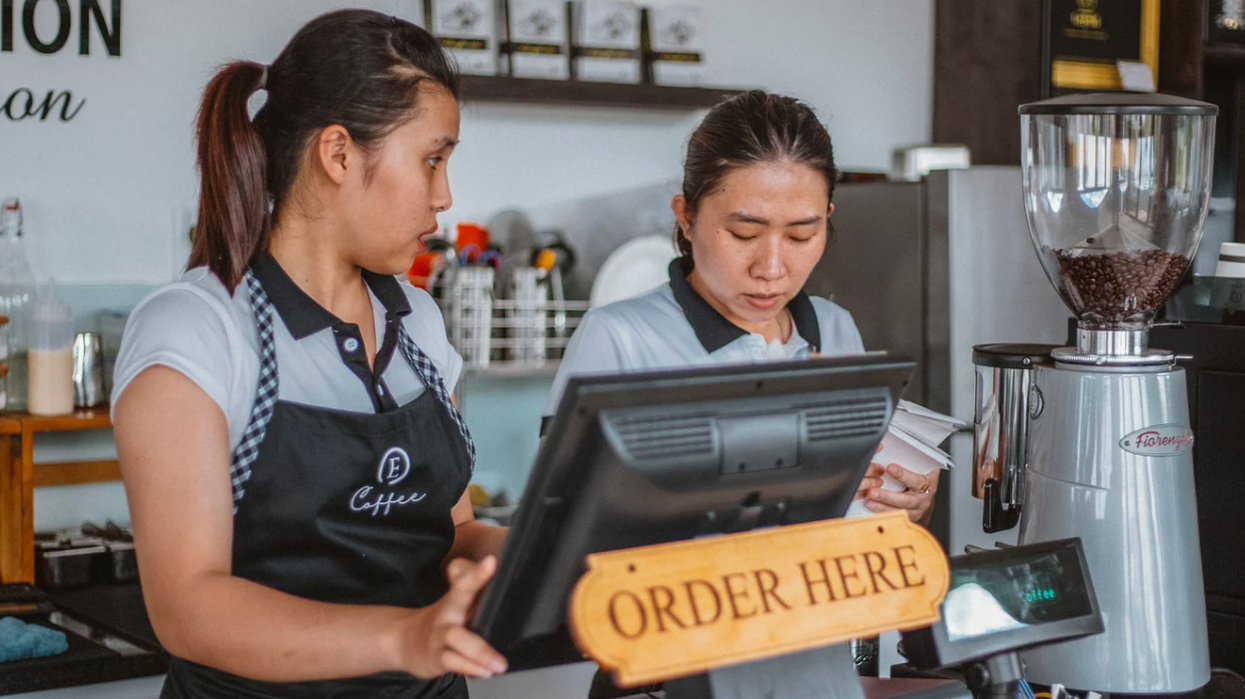“Can you give us a twirl and show us your outfit?” That was the question Australian presenter Ian Cohen posed to Canadian tennis star Eugenie Bouchard, just moments after she trounced her opponent during 2015’s Australian Open. In the clip—which went viral—Bouchard, initially slack-jawed, then bemused, plays along, turning around as the audience cheers. Cohen’s demeaning, cringeworthy comment sparked outrage at the time, but it’s just one of countless examples of the enduring sexism female athletes are subjected to in mainstream media, including at the most recent summer Olympics in Rio, where writers and commentators routinely generated embarrassing stories that focused on female athletes and had little to do with their ability.
The superficial treatment is even more pernicious online, where any number of Google searches lead to pages and imagery of top female athletes being evaluated on appearance over performance.
This frustrated Naomi Lang, a 22-year-old native of Melbourne, Australia, and member of the Radcliffe lightweight crew team at Harvard. After feeling outraged about the inept coverage of women in sports, she reflected on the female athletes she knew personally, “My friends are so talented, and I thought, they would never put with that crap, or put up with being photoshopped, or being asked what they’re wearing, or who they’re dating.”
In response, Lang created the Female Athlete Network, or FAN, specifically to combat widespread sexism in sports coverage with real women—from accomplished to amateur—sharing their personal experience and passion for sports, along with a powerful image to match.
For her part, Lang counts herself as lucky. Her treatment as a college athlete was overwhelmingly positive. “In a weird way though, that made me more impassioned about this project,” she says. “I felt very well-respected by the men’s team at Harvard and the women’s team felt empowered. So with this personal experience, it really bothered me when I saw on Google how female athletes were portrayed in the images section.”
Inspired by the impromptu, street-portrait style of the hugely successful Humans of New York series, Lang emailed all the women’s teams at Harvard, asking for personal stories. The feedback was immediately positive, and she soon gathered enough responses to schedule a photo shoot inside the Harvard football stadium. She’s since launched a blog, an Instagram account, and Facebook page.
There are no specific guidelines to the stories told, but Lang has found that the entries all showcase strength and resolve. Participants include college athletes, older women who compete, and trans-female athletes.
One of Lang’s favorite posts came from a friend who is a hurdler. “She spoke about the gift she’d been given, and that every time she ran she felt like she was running for God and her family, and that it was all out of love. The post made me tear up because I could relate to how powerful it is be an athlete and how so many of us do it for others.”
Another contributor wrote, “As a transgender athlete, in the beginning I used to worry about things like, ‘Will l they accept me? Or, am I female enough to be ranked with the women?’ But that stopped being an in issue when I began focusing on my skating. … I consistently assert myself, regardless of gender, as someone who strives to be the best.”
Lang plans to expand her project over the next several months, with a cross-country trip to capture women’s experiences in the United States. Oh, and about Bouchard’s “twirl” moment? Check out what happens when male athletes are asked a similar style of questions in this spot-on video. Here’s to turning things around in 2017.






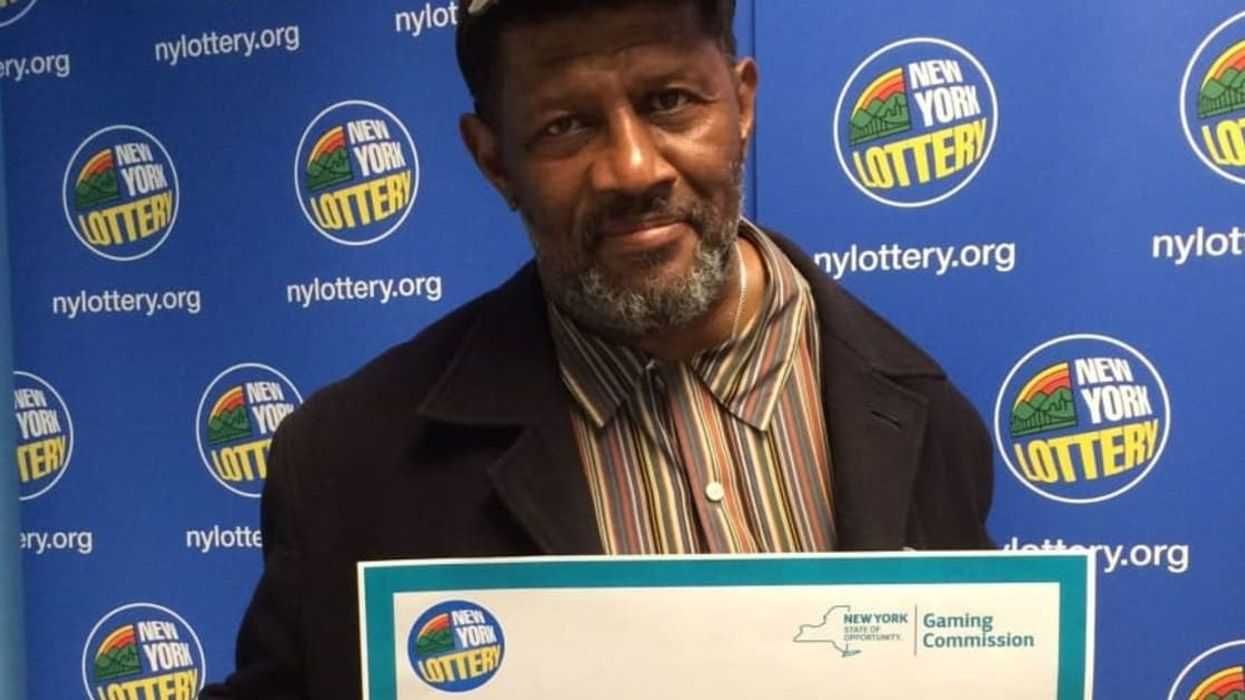


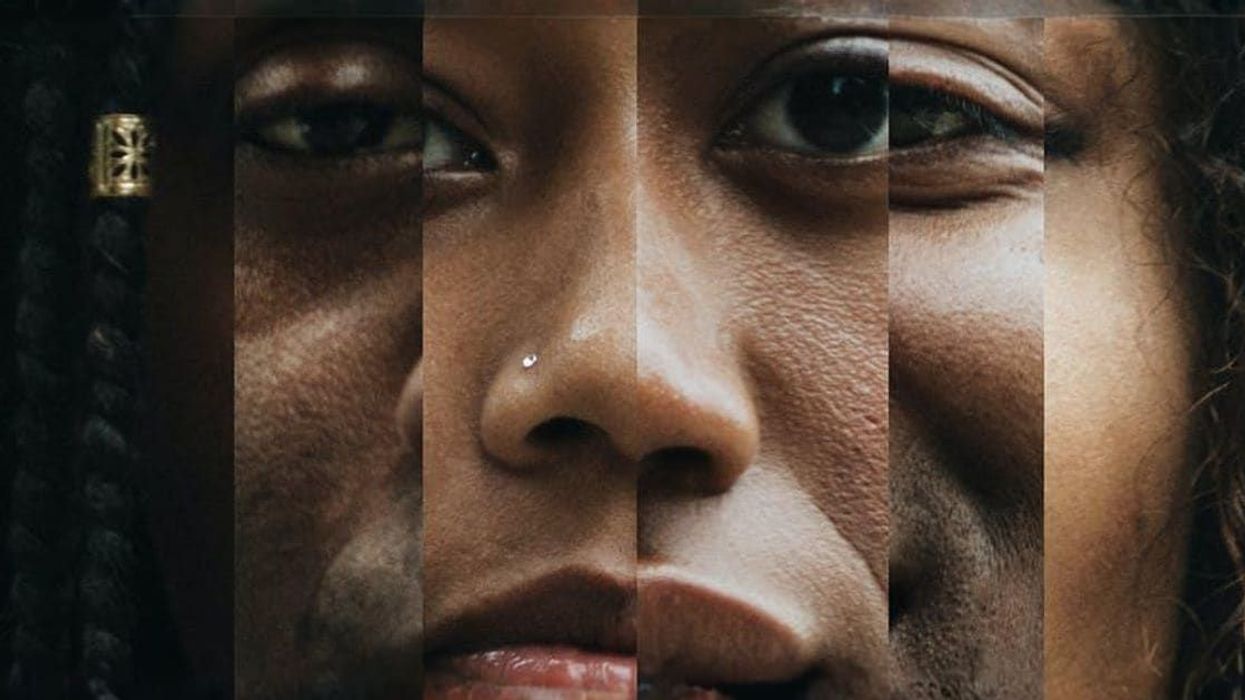






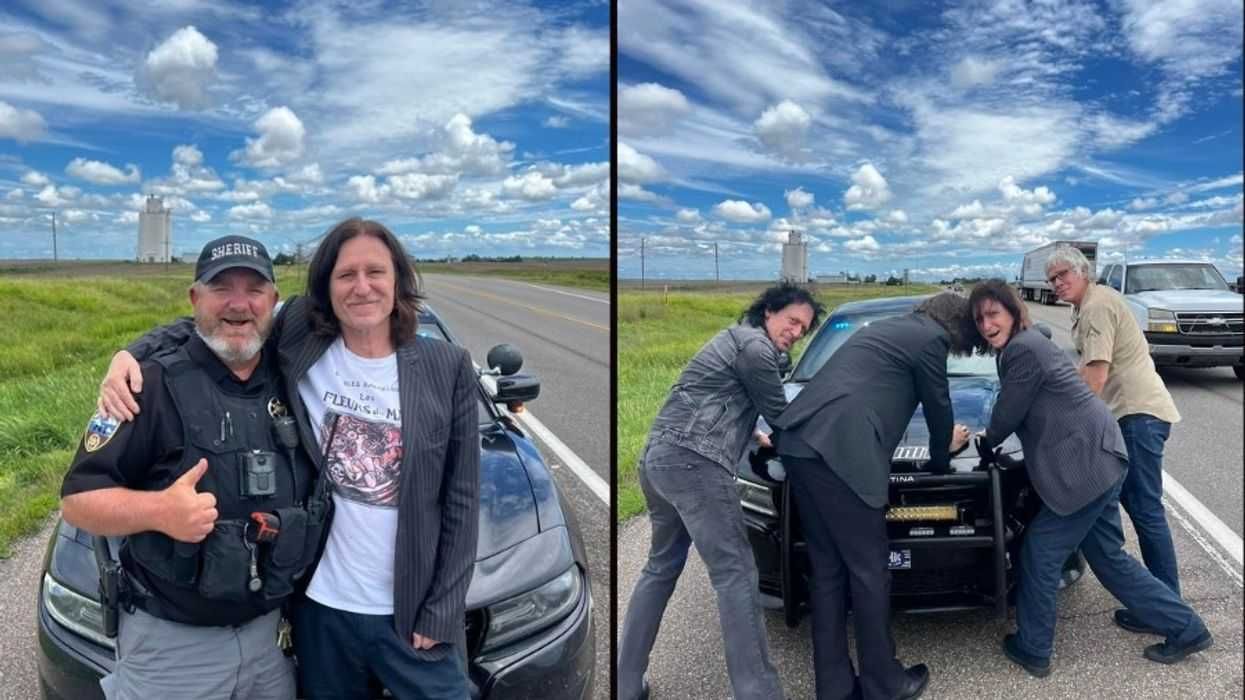
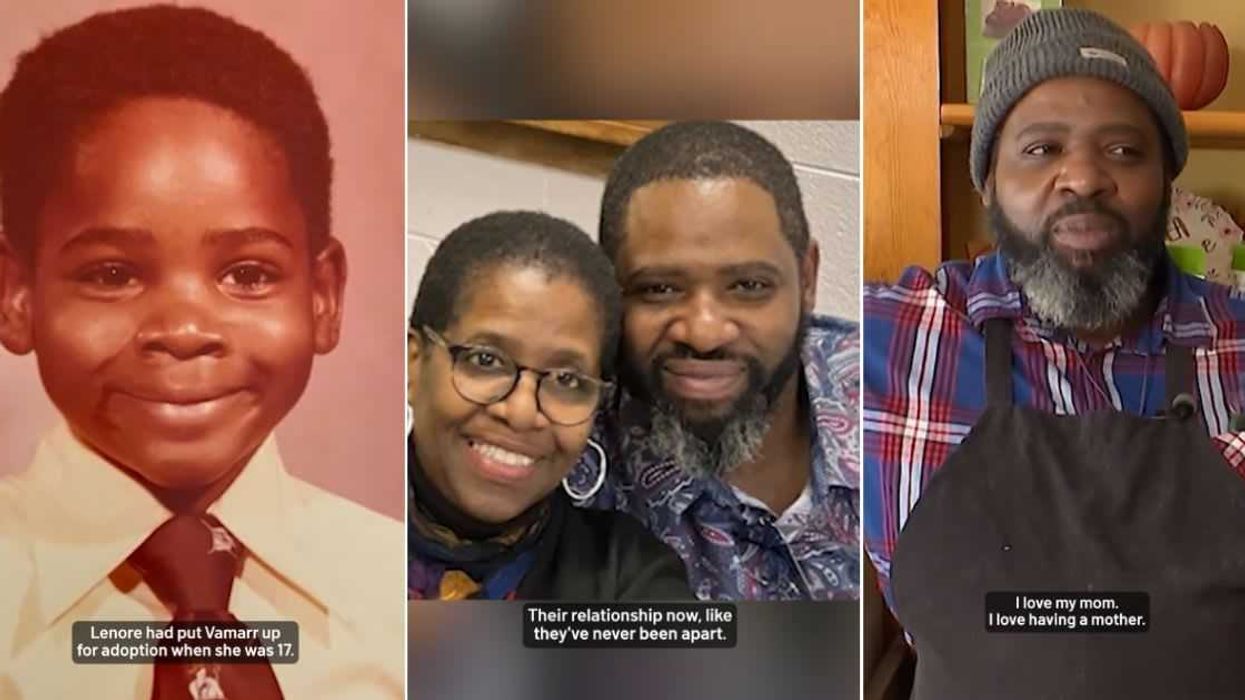
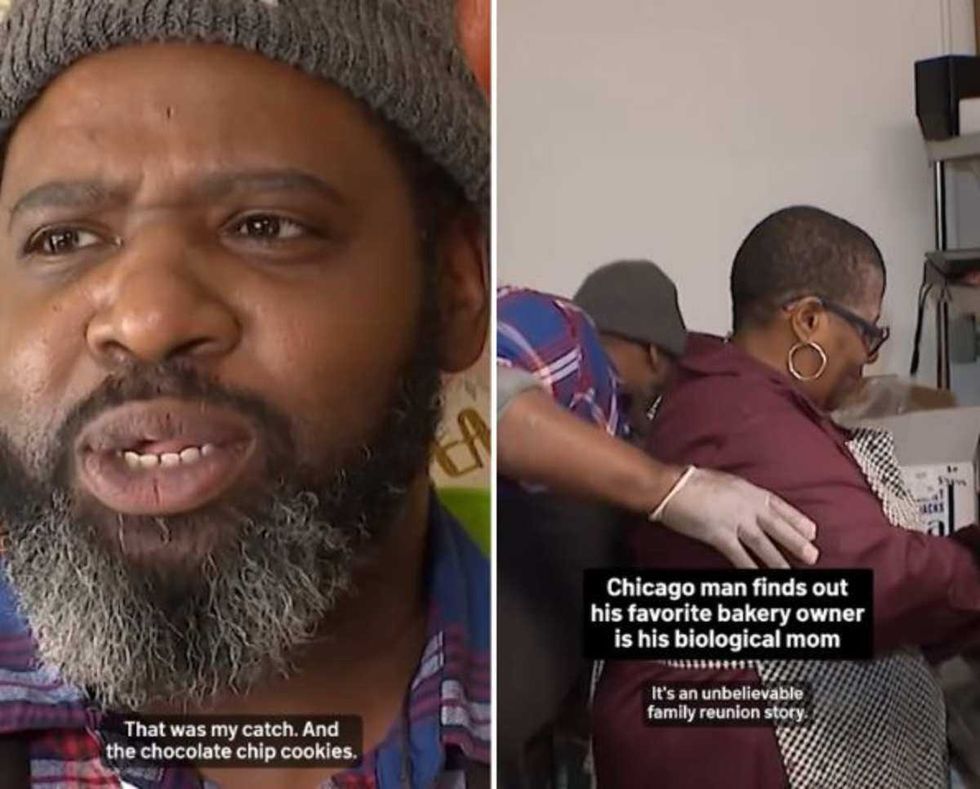 Screenshots of the man talking to the camera and with his momTikTok |
Screenshots of the man talking to the camera and with his momTikTok |  Screenshots of the bakery Image Source: TikTok |
Screenshots of the bakery Image Source: TikTok | 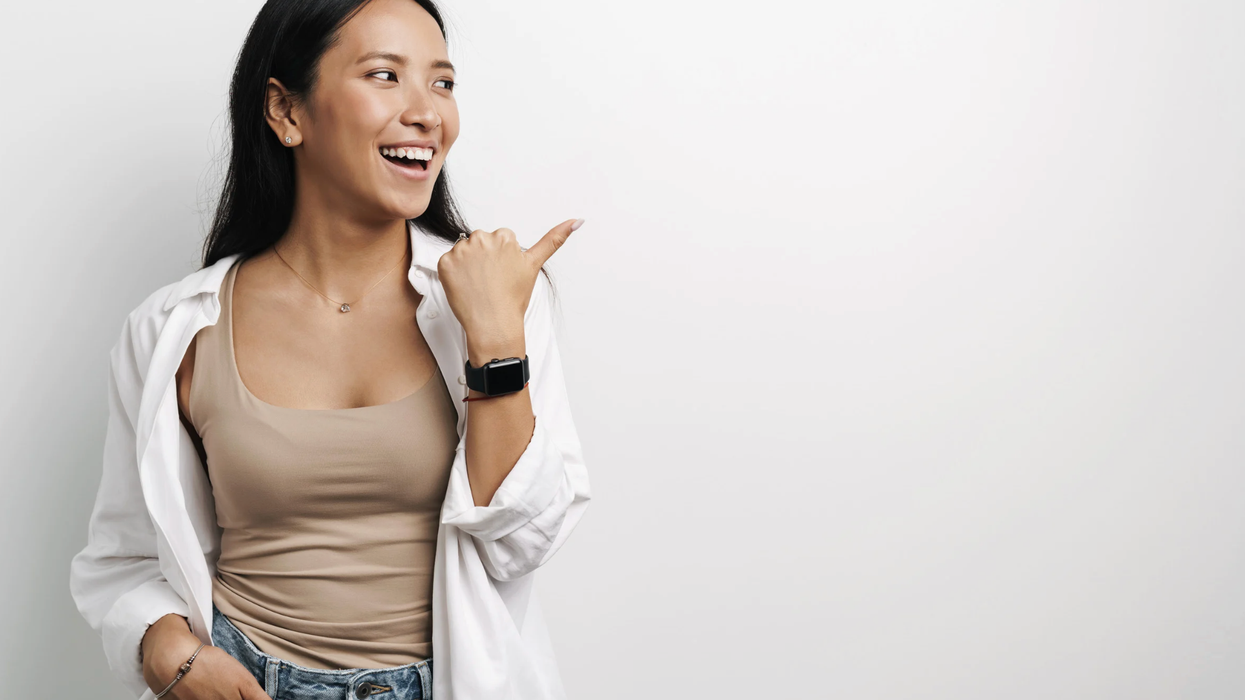
 A woman hands out food to a homeless personCanva
A woman hands out food to a homeless personCanva A female artist in her studioCanva
A female artist in her studioCanva A woman smiling in front of her computerCanva
A woman smiling in front of her computerCanva 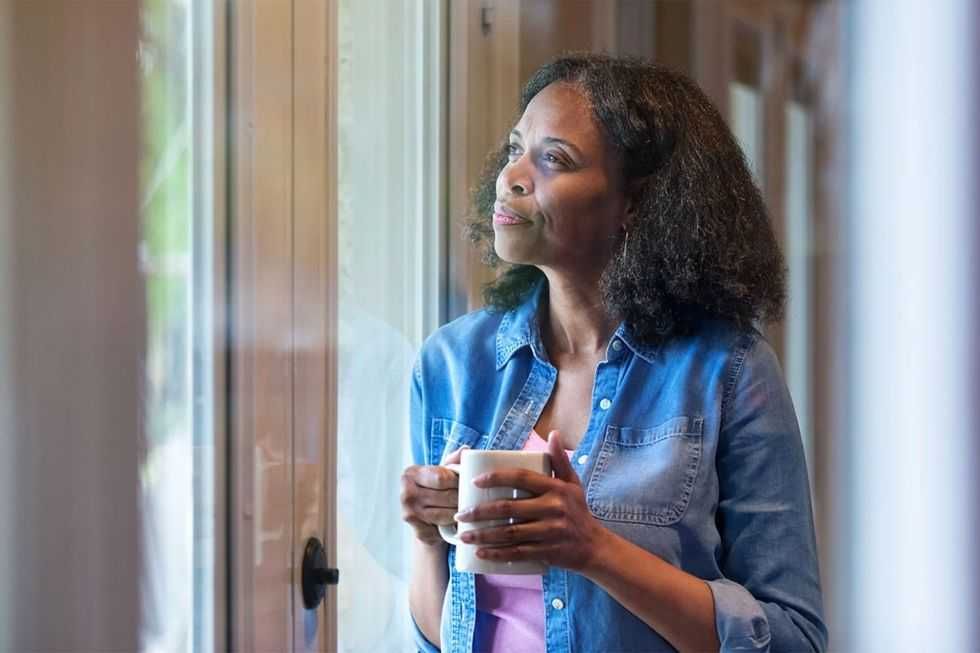 A woman holds a cup of coffee while looking outside her windowCanva
A woman holds a cup of coffee while looking outside her windowCanva 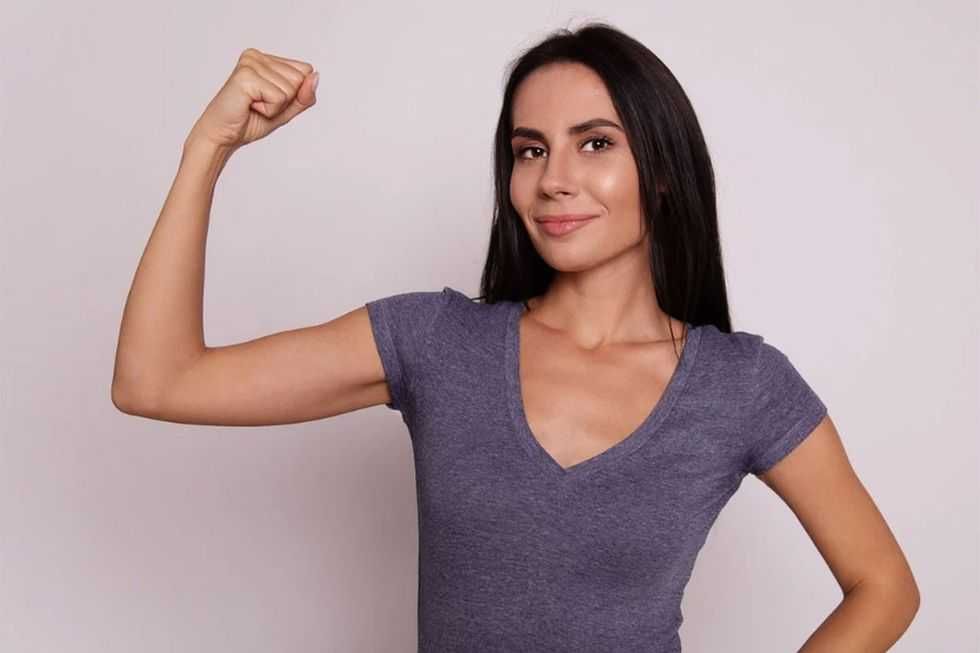 A woman flexes her bicepCanva
A woman flexes her bicepCanva  A woman cooking in her kitchenCanva
A woman cooking in her kitchenCanva 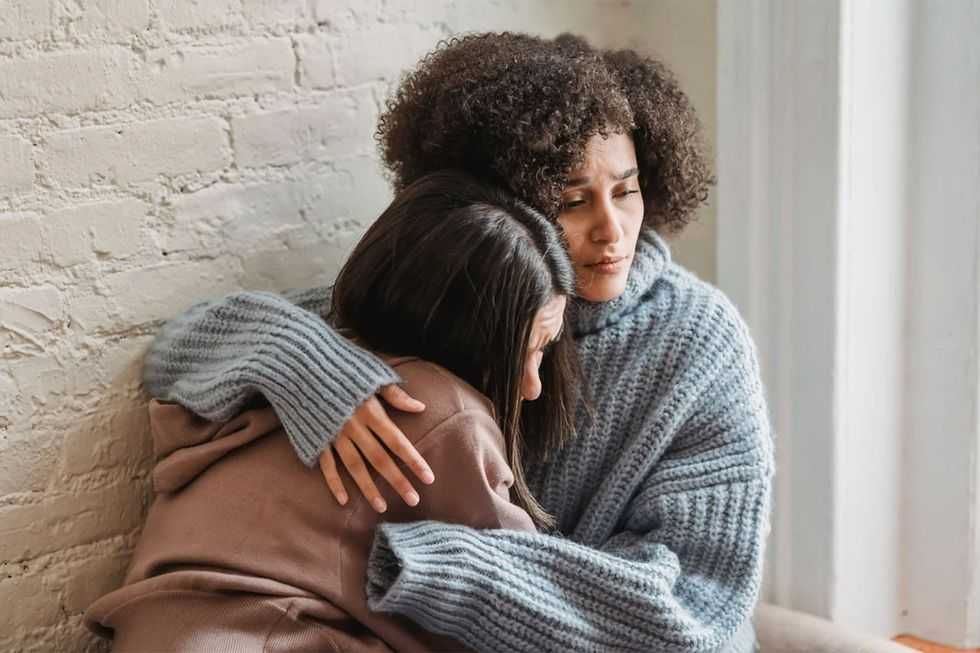 Two women console each otherCanva
Two women console each otherCanva  Two women talking to each otherCanva
Two women talking to each otherCanva  Two people having a lively conversationCanva
Two people having a lively conversationCanva 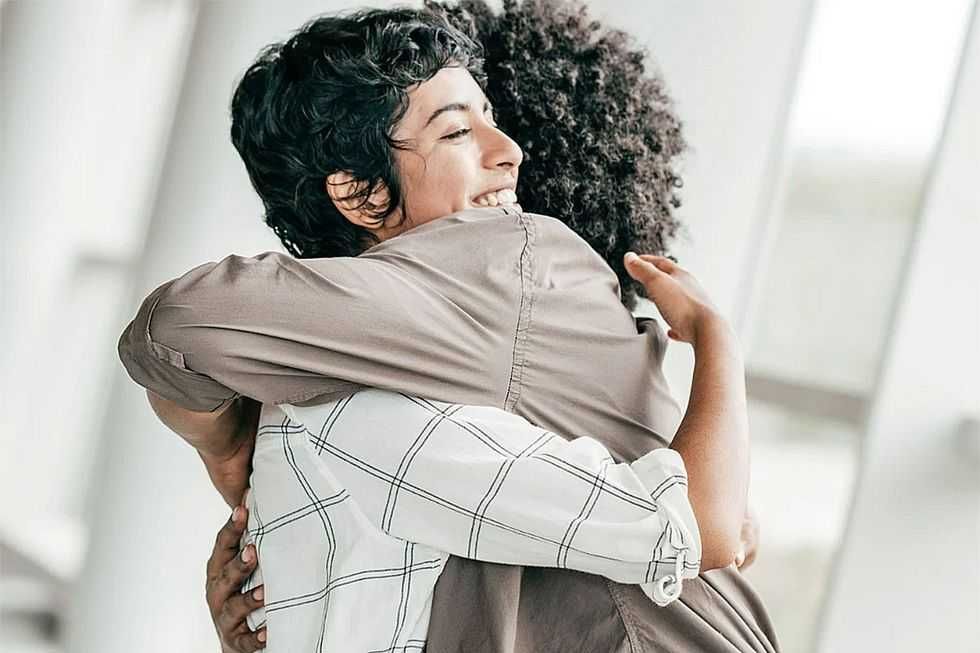 Two women embrace in a hugCanva
Two women embrace in a hugCanva 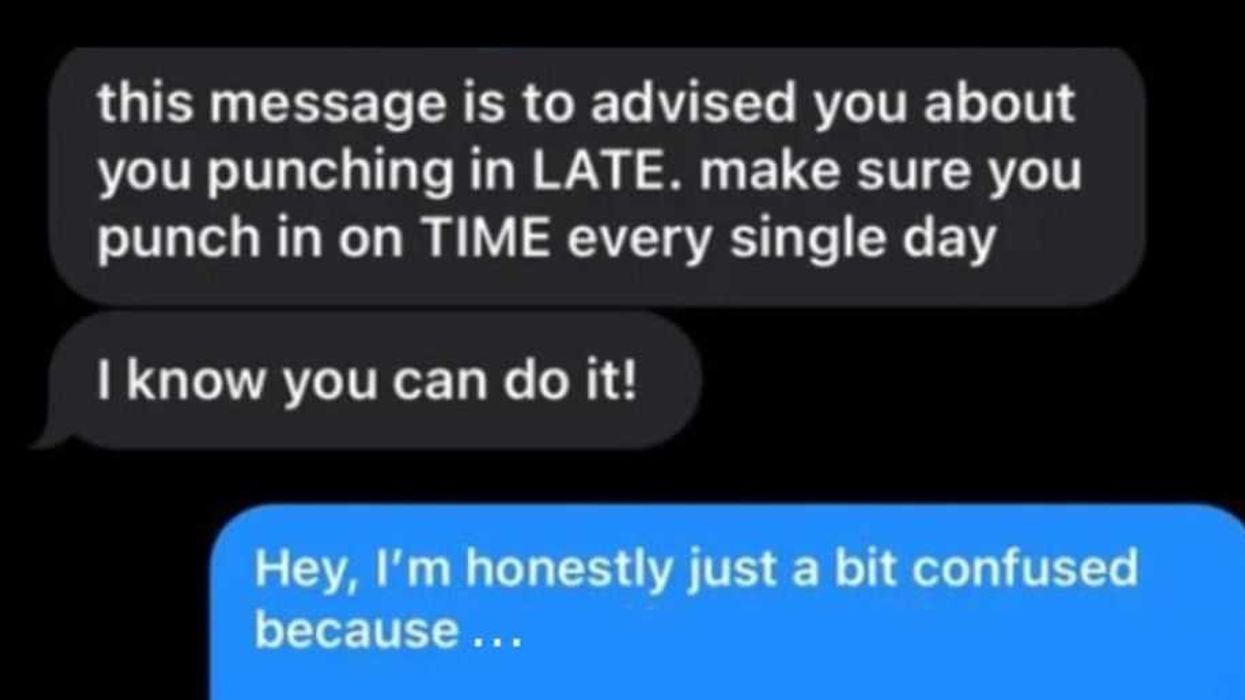
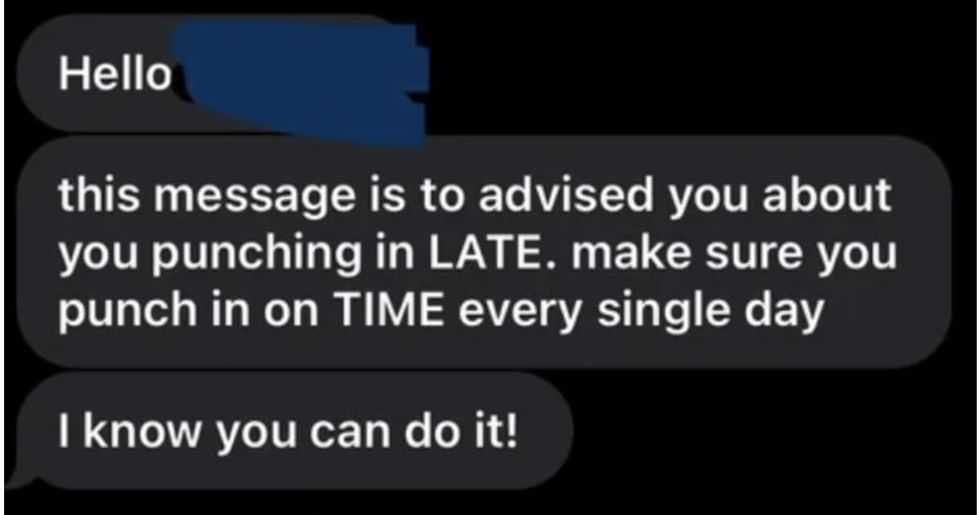 A reddit commentReddit |
A reddit commentReddit | 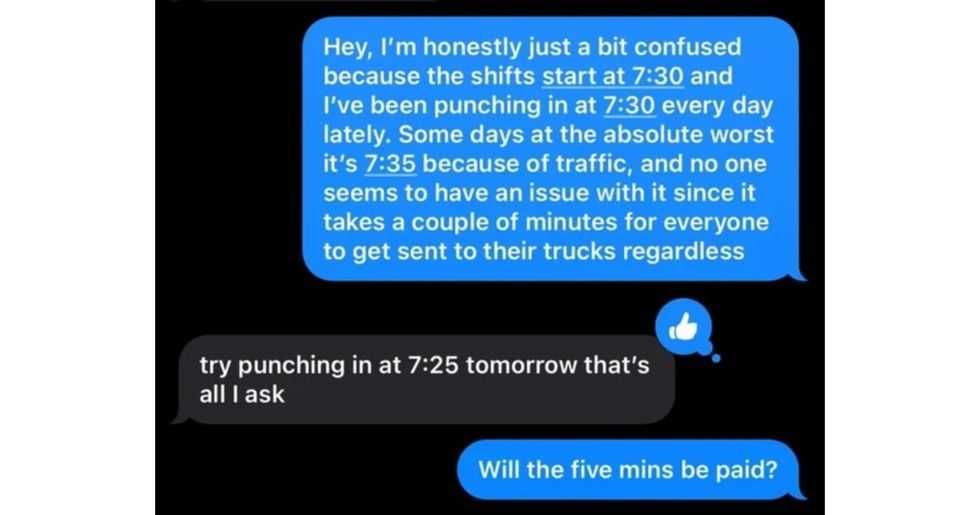 A Reddit commentReddit |
A Reddit commentReddit | 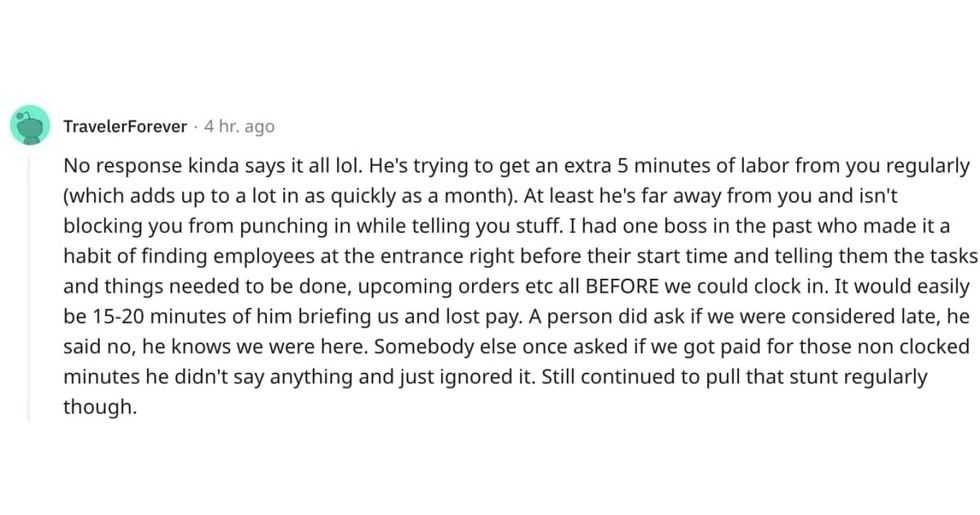 A Reddit commentReddit |
A Reddit commentReddit |  Stressed-out employee stares at their computerCanva
Stressed-out employee stares at their computerCanva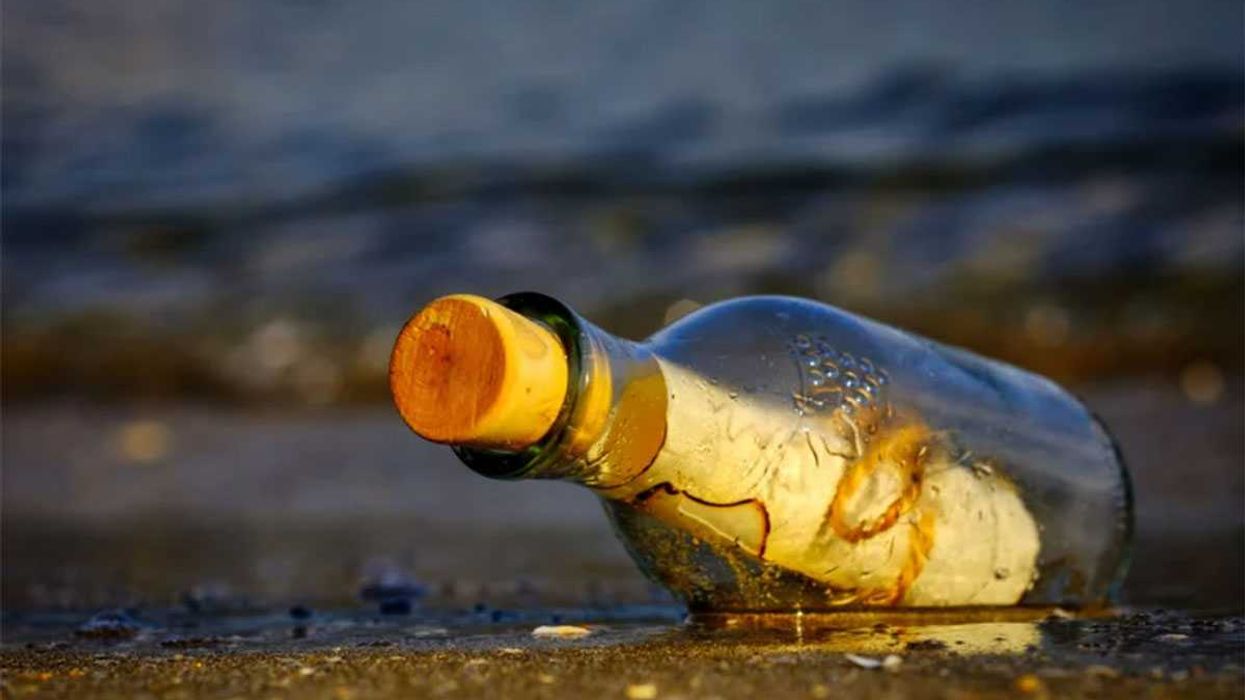
 Who knows what adventures the bottle had before being discovered.
Who knows what adventures the bottle had before being discovered. 
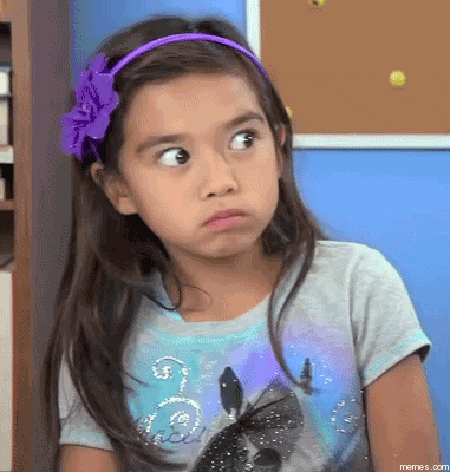 Gif of young girl looking at someone suspiciously via
Gif of young girl looking at someone suspiciously via 